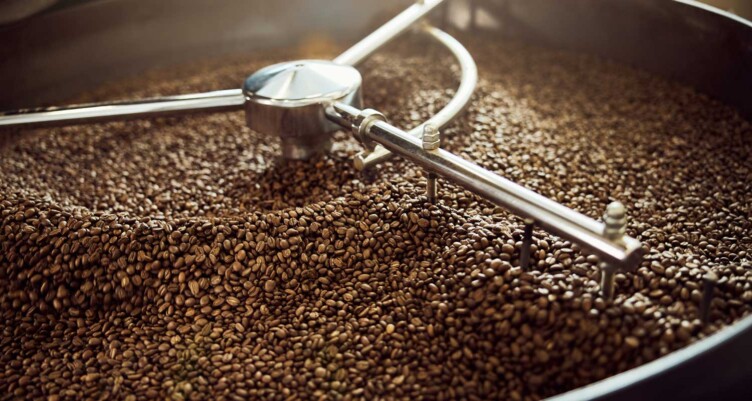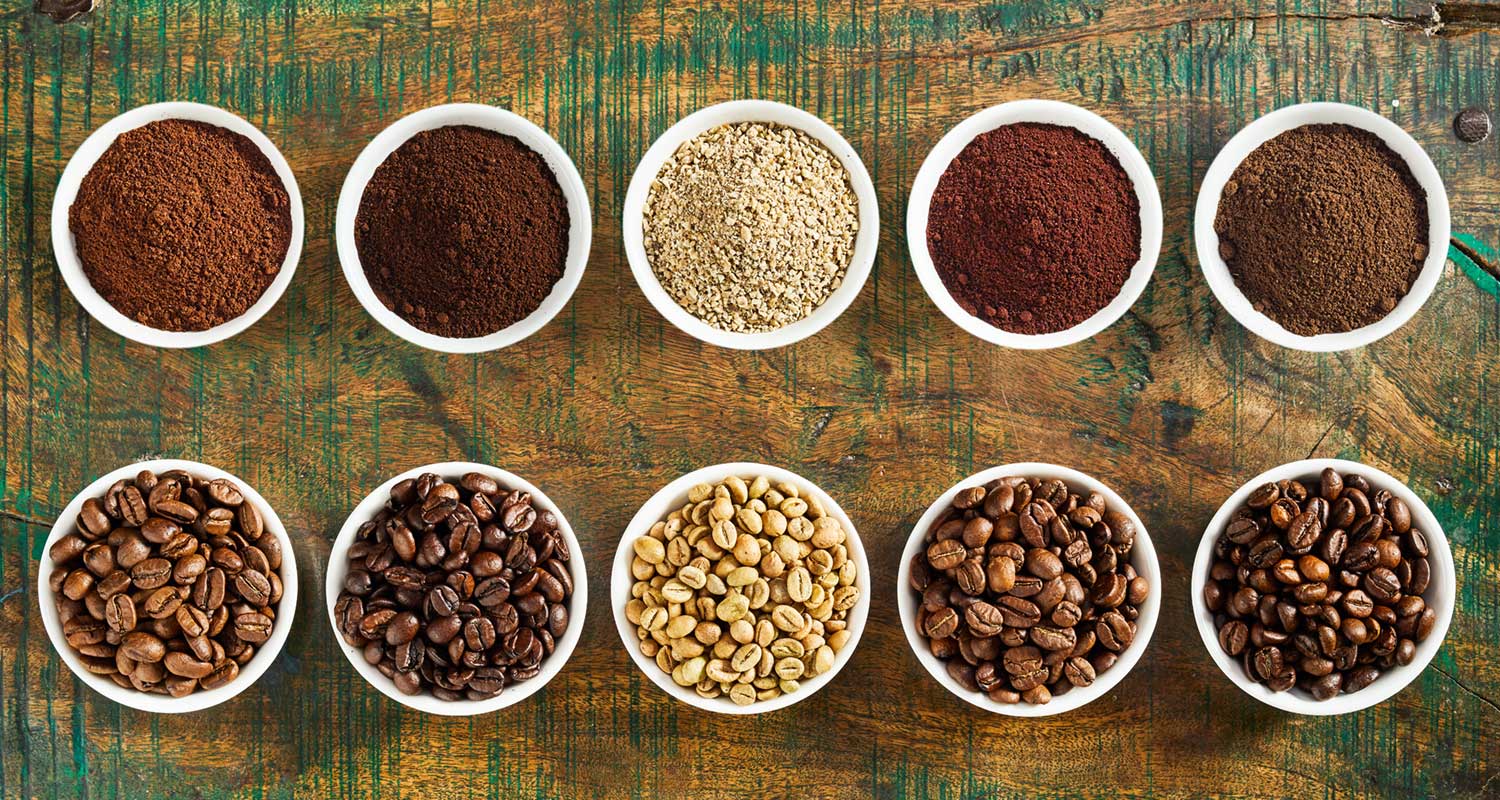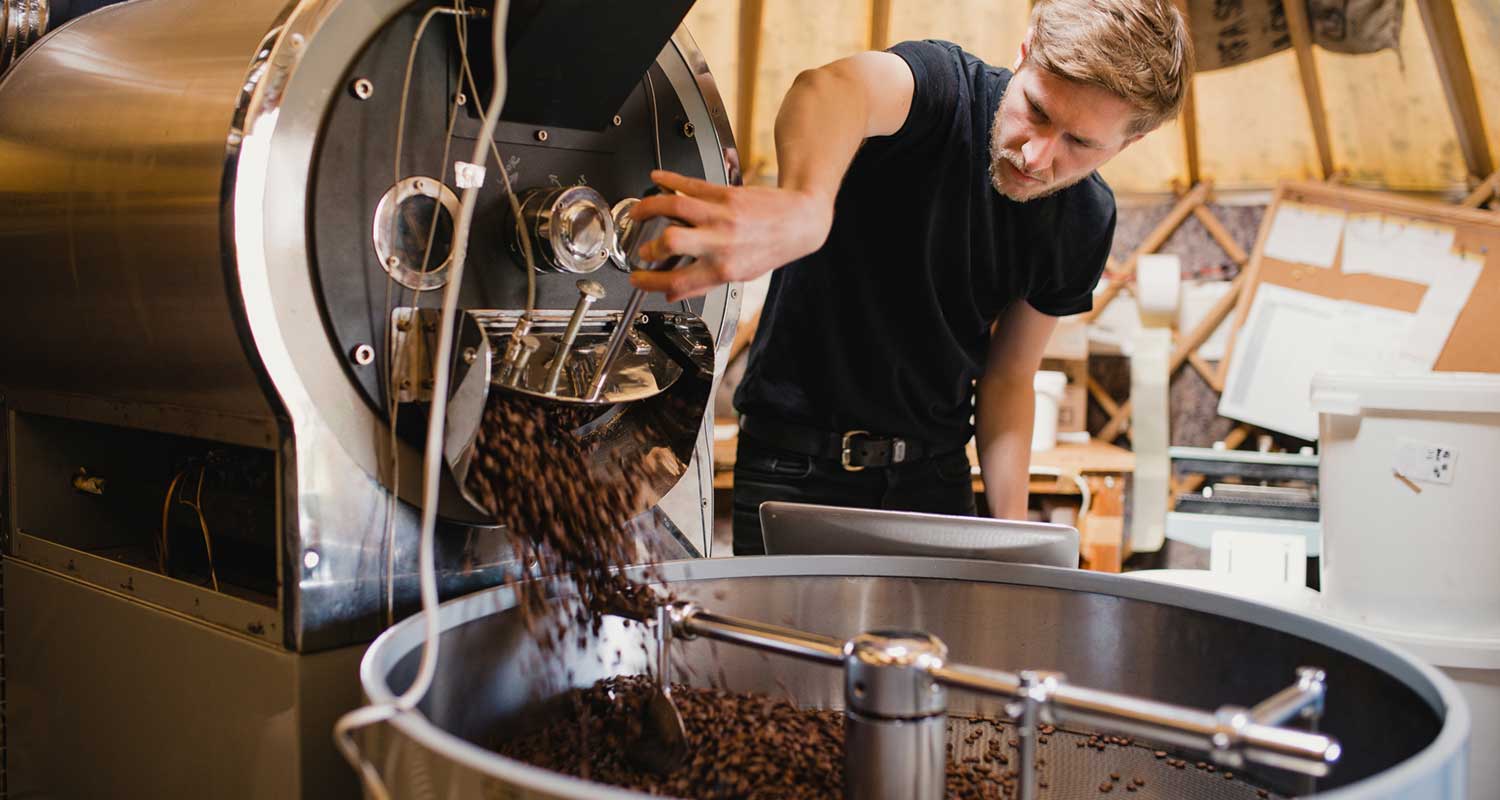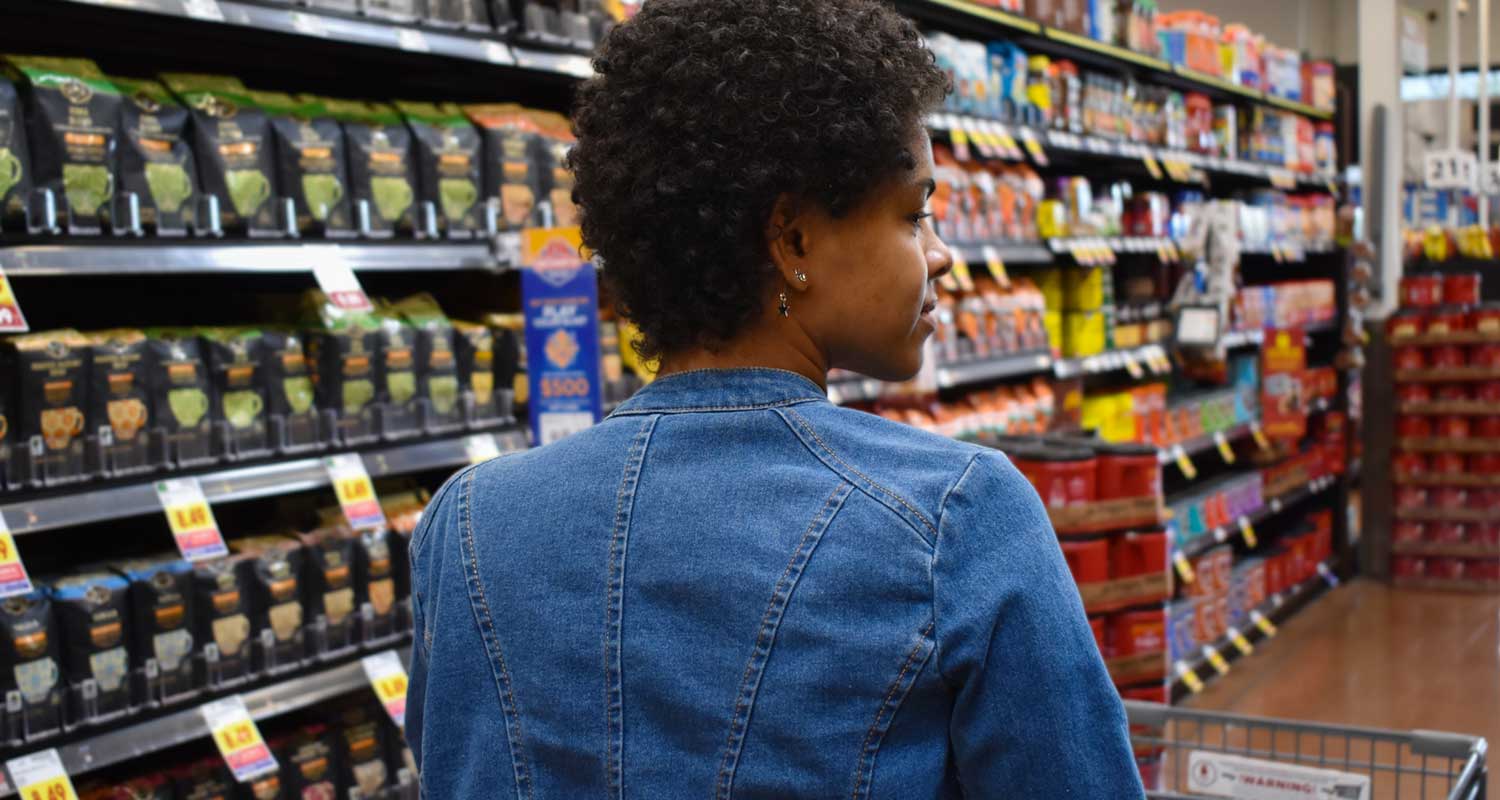How Roast Level Affects Coffee Taste: Light vs Dark Roasts Explained

- Coffee roast levels influence flavor and body, with light roasts delivering bright, acidic notes and dark roasts offering bold, rich tastes.
- Roasting coffee beans leads to 15-20% moisture is lost, with darker roasts experiencing the most significant change.
- Light roast coffee often retains slightly more caffeine per bean compared to dark roasts, but the difference in caffeine content is minimal by weight.
Ever wonder why your coffee tastes different depending on the roast? The roast level of coffee beans plays a key role in shaping the flavor of your coffee. Roasting coffee beans changes their taste, aroma and texture. Whether you prefer light, medium or dark roasts, the way beans are roasted directly affects the body, acidity and bitterness of the final brew.
Understanding coffee roast levels can help you find the flavor that fits your preferences. Light roasts keep more of the bean’s natural flavors, while dark roasts develop bolder and richer notes through longer roasting. If you enjoy bright, fruity tastes or deep, smoky flavors, the roast level determines what comes through in each cup. The coffee roasting process not only creates unique flavors but also supports the strength and complexity of your brew. Exploring the differences between light vs dark roast coffee lets you choose a roast that matches your taste and mood.
What Are Coffee Roast Levels?

Coffee roast levels describe how long and at what temperature coffee beans are roasted. The roast level determines the flavor, aroma and strength of the final brew. Roasts typically fall into three main categories – light, medium and dark. Each level highlights different characteristics of the bean, ranging from bright and acidic to bold and smoky.
Roasting coffee beans transforms their natural flavors and helps develop the taste profiles you enjoy in every cup. By adjusting the roast level, coffee roasters can create a wide variety of flavors to suit different preferences. Whether you prefer the delicate notes of a light roast or the rich, full-bodied taste of a dark roast, the roasting process plays a crucial role in the coffee experience.
The Science Behind Coffee Roasting
The coffee roasting process is where the magic happens. When green coffee beans are heated, they go through chemical changes that unlock their flavor and aroma. As the beans heat, they lose moisture and expand, eventually cracking open. This is known as the “first crack,” which signals the transition to a light roast.[1]
If roasting continues, the beans darken, and oils begin to surface. The “second crack” happens at higher temperatures, marking the start of dark roasts. During roasting, sugars caramelize, acids break down and the flavors intensify. The longer beans are roasted, the more body and bitterness they develop, while lighter roasts retain more of the bean’s original acidity and fruitiness.[2]

How Much Coffee Do You Lose When Roasting?
Roasting coffee beans leads to moisture loss, causing the beans to become lighter. On average, coffee beans lose about 15-20% of their weight during roasting.[3] This means that for every 100 grams of green coffee, you end up with around 80-85 grams of roasted beans.
The darker the roast, the more moisture is lost, which can result in greater loss in bean weight. While this doesn’t affect the caffeine content, it does mean you get fewer roasted beans by weight compared to the starting amount. Understanding this helps coffee roasters control their yield and pricing while ensuring each batch delivers the desired flavor.
What Is the Taste Difference Between Coffee Roasts?
The taste of coffee changes significantly depending on the roast level.[4] Coffee roast levels influence how much of the bean’s natural flavor remains and how much is developed through the roasting process.[5] Light, medium and dark roasts each offer distinct taste profiles, acidity levels and body. Choosing between light vs dark roast coffee comes down to personal preference and the kind of flavor you enjoy in your cup.
Light Roast Coffee
Light roast coffee keeps much of the bean’s original flavor. The beans are roasted for a shorter time, just until the first crack, preserving bright, fruity and floral notes. This roast often has higher acidity and a lighter body, giving it a crisp and clean taste. Research shows that light roasts have the highest antioxidant activity, supporting overall health by helping to combat free radicals.[6] Light roasts are ideal if you enjoy more delicate flavors and want to experience the unique characteristics of the coffee’s origin.
Medium Roast Coffee
Medium roast coffee strikes a balance between the bean’s natural flavors and the deeper, caramelized notes developed during roasting. The beans are roasted past the first crack but not long enough to reach the second. This creates a smoother, more balanced cup with medium acidity and body. Medium roasts often highlight chocolate, nutty and sweet flavors, making them a popular choice for everyday brewing.
Dark Roast Coffee
Dark roast coffee is roasted the longest, often until after the second crack. The beans develop bold, rich and smoky flavors, with oils rising to the surface. Dark roasts have lower acidity but a heavier body, resulting in a fuller and more intense taste. The original characteristics of the bean give way to the deep, roasted flavors. This roast is perfect if you prefer a strong, robust cup that carries hints of chocolate, caramel and spice.

What Level of Roast Coffee Is Best?
The best coffee roast level comes down to your personal preferences, brewing method and the flavors you enjoy in your cup. Different roasts bring out different qualities in the beans, so the ideal choice depends on what you’re looking for in your coffee experience.
Light roast coffee is great if you enjoy bright, acidic flavors and want to taste the unique characteristics of the bean. It works well with pour-over and drip brewing, where the clean, crisp notes can shine. Medium roast coffee offers a balance of acidity, sweetness and body, making it a versatile option that complements a wide range of brewing methods, from French press to espresso. If you prefer bold, rich flavors with low acidity, reach for dark roast coffee. Its full-bodied profile pairs well with espresso machines and methods like Moka pots, producing a robust cup that holds up to milk or cream. Whatever coffee you prefer, make sure to perfect your brewing method to get the most out of every cup.
Ultimately, the best roast is the one that supports your taste and brewing style. Exploring different roast levels helps you discover what fits your flavor preferences and daily routine.
FAQs About Coffee Roasts
What is the taste difference between coffee roasts?
The taste difference between coffee roast levels is how long the beans are roasted. Light roast coffee has bright, fruity, and acidic flavors, while medium roast coffee offers a balanced taste with sweetness and body. Dark roast coffee has bold, rich and smoky flavors with low acidity and a heavier body. The longer the roast, the more natural the bean’s flavors give way to deep, roasted notes.

Why does dark roast coffee taste different?
Dark roast coffee often tastes better for those who prefer bold, rich flavors with low acidity. The extended roasting process caramelizes sugars and breaks down acids, resulting in a smooth, full-bodied cup. Dark roasts also develop oils on the surface, adding to their robust flavor and mouthfeel.
Is light roast coffee stronger than dark roast?
Light roast coffee isn’t stronger in flavor, but it can have slightly more caffeine per bean because it’s roasted for less time.[7] However, dark roast coffee’s bold taste can make it feel stronger, even though caffeine content is relatively similar between roast levels by weight.
Which coffee roast is best for espresso?
Medium to dark roast coffee is typically best for espresso because it produces a rich, full-bodied shot with less acidity. The deeper roast flavors hold up well under high pressure and blend nicely with milk in drinks like lattes or cappuccinos. Medium roasts strike a balance between acidity and sweetness, offering a smooth, well-rounded shot that works well on its own or in mixed drinks. Dark roasts, on the other hand, provide bold, smoky flavors that can cut through milk and deliver a robust taste. The choice between medium and dark roast often depends on whether you prefer a brighter, more complex shot or a heavier, more intense flavor.
Can I mix different coffee roasts?
Yes, mixing roasts can create a unique blend that balances flavors. For example, combining light and dark roast coffee can provide both bright, fruity notes and bold, rich undertones, giving you a more complex and interesting cup. This approach lets you enjoy the best of both worlds, allowing the acidity and sweetness of light roast to complement the deeper, fuller body of dark roast. Blending different roasts can also help customize the flavor to suit your personal preferences, whether you want more brightness or a stronger, bolder brew. Experimenting with different ratios can lead to exciting and personalized flavors that keep your coffee experience fresh and dynamic.
Which type of coffee is best for Bulletproof coffee?
Medium to dark roast coffee is the best choice for Bulletproof coffee. Dark roasts provide bold, rich flavors and a full body that pairs well with butter and MCT oil. Medium roasts offer a balance of acidity and sweetness, enhancing the flavor without overpowering the creamy texture. Light roasts are less ideal because of their higher acidity flavor.
Sign up for early access to sales, product launches, the latest Bulletproof news and more!



